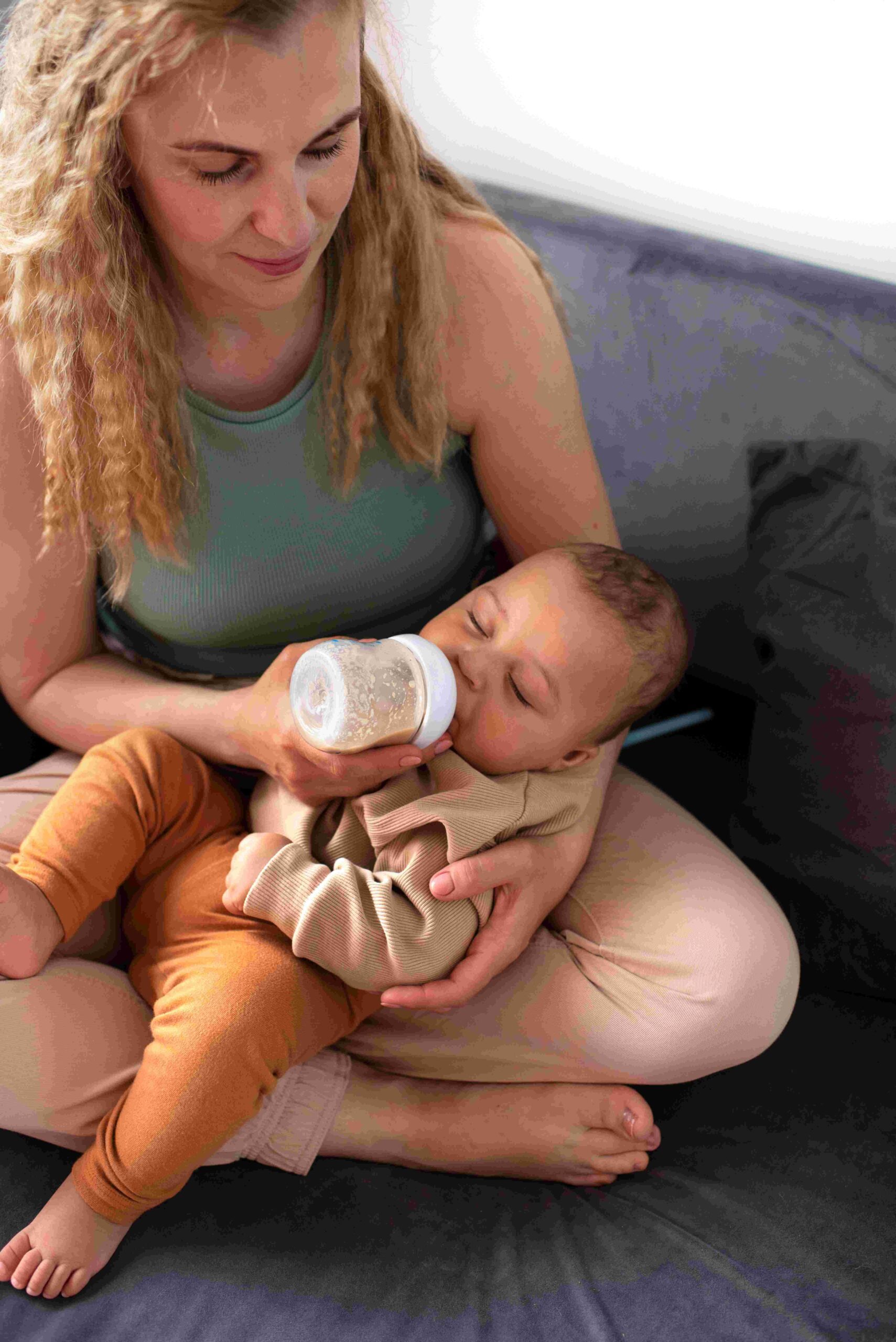
Understanding the Challenges of Bottle Feeding
Bottle feeding can present a variety of challenges for both infants and parents. These difficulties can stem from a range of issues, including:
Bottle Rejection
Nipple Confusion
Flow Preference
Feeding Position
Sensory Issues

The Role of Feeding Therapy
Feeding therapy, particularly from an occupational therapy perspective, is designed to address these challenges by focusing on both the physical and sensory aspects of feeding. Occupational therapists (OTs) at Michigan Pediatric Therapy (MPT) are trained to assess and treat feeding issues, helping children develop the skills needed for effective and enjoyable feeding.
Assessment and Individualized Plans
Oral Motor Skills
For infants struggling with sucking, swallowing, and breathing coordination, OTs can implement exercises to strengthen oral muscles and improve coordination. This can include techniques to enhance tongue movement, jaw stability, and lip closure, all critical for effective bottle feeding.
Sensory Integration
Parent Education and Support

Practical Strategies in Feeding Therapy
Here are some practical strategies that occupational therapists might use to address bottle feeding challenges:
Choosing the Right Bottle and Nipple
Positioning Techniques
Pacing and Cue-Based Feeding
Gradual Transition Techniques
Addressing Sensory Issues

Case Studies and Success Stories
Case Study 1: Overcoming Bottle Rejection
Case Study 2: Managing Sensory Aversions
The Broader Impact of Feeding Therapy

Conclusion
The transition to bottle feeding can be a complex and stressful process for both infants and parents. However, with the support of feeding therapy and licensed occupational therapists, such as those at MPT, many of these challenges can be effectively addressed. By focusing on both the physical and sensory aspects of feeding, our OTs help children develop the skills needed for successful bottle feeding. They provide tailored strategies and support, ensuring that each child can enjoy mealtimes and receive the nutrition they need for healthy growth and development. If you are facing difficulties with bottle feeding, speak with your child’s pediatrician and consider consulting with an occupational therapist to explore how feeding therapy can help your child thrive.
For more information on how Michigan Pediatric Therapy in Farmington Hills, MI, can support your child’s feeding needs, call us at (248) 939-4030.

Michigan Pediatric Therapy
📍 27655 Middlebelt Rd., Suite 130, Farmington Hills, MI 48334
📞 (248) 939-4030
🌐 mipediatrictherapy.com



